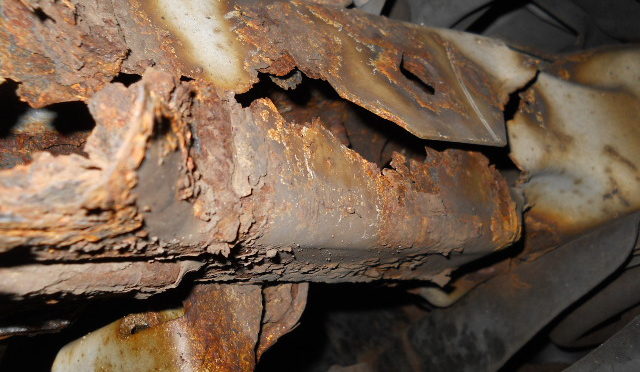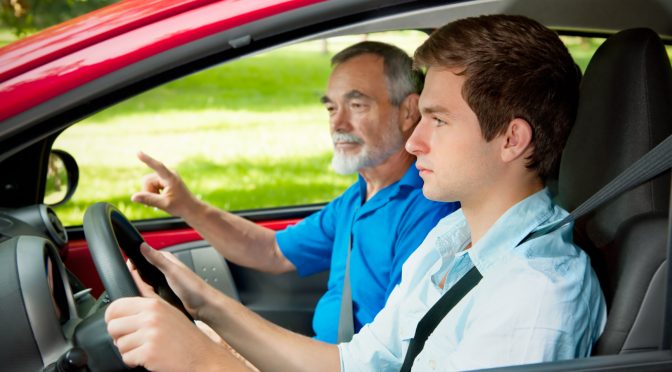For those of us lucky enough to live in some saltier climes, rust is a fact of life. Our cars and trucks succumb to this parasitic oxidation more often than not and there are only a few things we can do to slow the process down. Chief among those is what is universally called undercoating, and we’re going to lay out some of the details here.
While the exact chemical make up of different undercoatings will vary, most are an oily substance designed to stick to the bare metal of your car or truck’s undercarriage and protect it from the elements. Doing so will keep your vehicle from rusting and meeting an early demise due to the “car cancer”
Some swear that products are very easy to apply with some free time and a few spray bottles. Others recommend a professional shop that specializes in undercoating. Whichever route you choose, be sure to remove as much of the existing rust as possible, and apply a rust “reformer” spray to the stuff you can’t remove. This will convert rust back into a strong/safe material and will allow you to coat or paint it without being concerned about it returning.
Professional shops will often charge upwards of $100 dollars for their service, but what they can do (that you might not be comfortable doing) is drill small holes in doors and other panels to apply the coating to the inside of those panels. This means you are less likely to see bubbles coming through your paint and rotting your car from the inside out.
Suffice it to say, if you plan on keeping your vehicle for a long time, an undercoating is a safe way to protect your car for years to come. A simple DIY job or a relatively inexpensive professional package will guarantee that your car doesn’t fall pray to rust and leave you wondering why you ever moved to New England.



